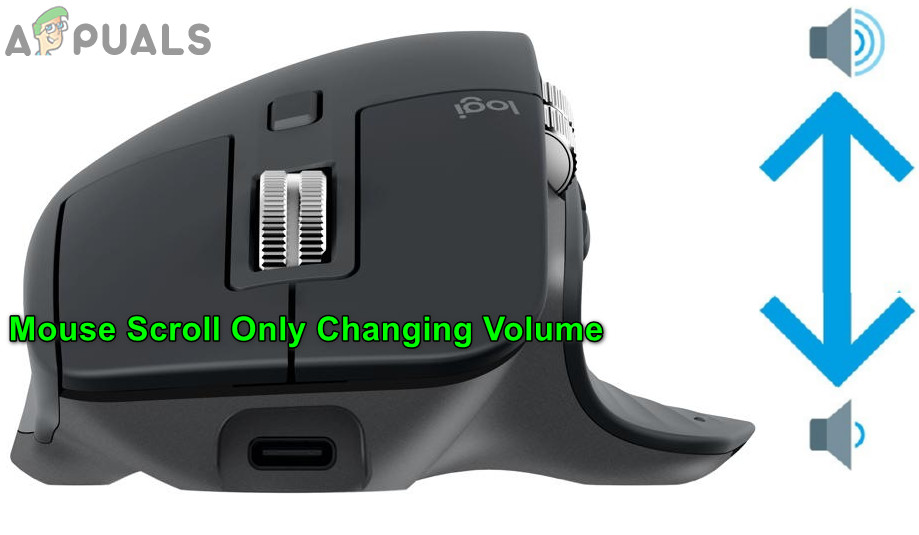

The file name in the status bar will have an asterisk * added if the file has been changed. You’ll also see the length of the song in minutes and seconds, and this updates if you change the tempo and press the button. This feature is handy when you want to know the status (and the title) of your song and the style in use at a glance. The first thing to note is that the name of the song that is open is identified in the window title at the top of the screen along with the name of the style.

The green action messages have a close button, which is useful for closing them without performing the action. But, if the message box is green instead of yellow, the message is an “action” dialog and you can click on it to perform the action described, such as loading a substitute style. That way you don’t have to respond to the message, interrupting workflow. You will see that many Band-in-a-Box messages appear as “yellow alerts” at the top right of screen. Yellow Alert messages and green Action dialogs The screen size is remembered between sessions.
#Windows media player plugin volume scroll wheell full
This allows you to have Band-in-a-Box open as a small window on screen with other programs, and you still see a full Chord Sheet. Hold down the mouse button while you drag the sizing control. To resize the window, just use the sizing control at the bottom-right corner of the window. Part markers (a, b, c, etc.) are entered here to switch between up to 24 Band-in-a-Box substyles.Repeats and endings are also shown. Chord changes for the song are typed into the numbered bars (cells) in the sheet.

Right-click on the instrument names to open a menu of settings for that instrument. Immediately below it are the Track Radio Buttons, where instruments are assigned and sounds are chosen.


 0 kommentar(er)
0 kommentar(er)
